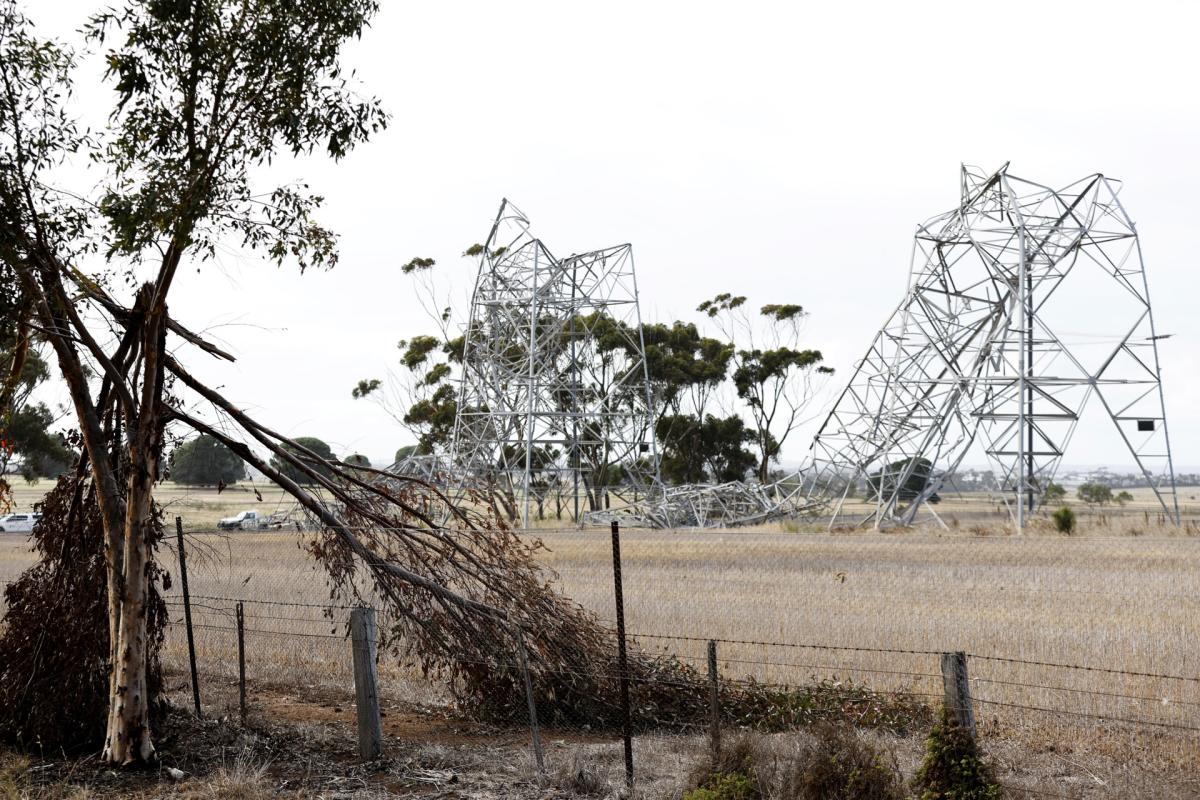 A winter storm swept through the Northeast on Tuesday, bringing heavy snowfall to various areas. New York City received its most significant snowfall in years, with 3.2 inches reported in Central Park. This amount surpassed the total snowfall for the entire year of 2023 and marked Central Park’s snowiest day since January 2022.
A winter storm swept through the Northeast on Tuesday, bringing heavy snowfall to various areas. New York City received its most significant snowfall in years, with 3.2 inches reported in Central Park. This amount surpassed the total snowfall for the entire year of 2023 and marked Central Park’s snowiest day since January 2022.
New York City has been experiencing a snow drought recently. Last winter was the least snowy on record, and the city endured a record 701-day period without an inch of snow until January 16 of this year. However, the winter storm brought moderate to heavy snow that caused visibility to drop to a quarter-mile for three hours.
Although the measurement fell slightly short of forecasts, nearby areas saw more significant amounts of snow. JFK Airport recorded 4.2 inches, Coney Island had 6.9 inches, and Locust Valley on Long Island received 8.7 inches. Yonkers, located just outside the city to the northwest, received 8 inches of snow.
Several forecast challenges made predicting the snowfall in New York City difficult. One challenge was forecasting narrow bands of heavy snow within larger areas of light precipitation. These narrow bands, about 10 miles wide, can cause significant variations in snowfall amounts. In this case, the heaviest bands were located just west and east of Central Park.
Another challenge was the borderline temperatures for snow accumulation. The temperature in Central Park remained above freezing during the snowfall, leading to compaction of the already fallen snow. Urban areas, with their asphalt and cement, radiated heat from the ground, further limiting accumulation. Ground temperatures were around 33-34 degrees, which are not ideal for accumulating snow.
Models used for forecasting also posed challenges as they struggled to accurately predict the storm’s impact. For example, Boston was initially forecasted to receive 7-13 inches but ended up with only 0.1 inches. Albany, originally expected to get 8-12 inches, didn’t see any snow. New York City’s forecast also fluctuated, with high-resolution models projecting around 10 inches initially but later reducing the estimate to 6-7 inches.
These forecast changes were due to the storm following a region of changing temperatures that models couldn’t accurately pinpoint until 12 hours before the snowfall began. As a result, there were significant shifts in predicted snow amounts in several locations.
Despite the challenges, the winter storm brought much-needed snow to New York City and other parts of the Northeast. The heavy snowfall created a winter wonderland and provided a break from the snow drought experienced in recent years. While the storm may have caused some disruptions, it also brought joy to those who love the beauty and magic of snow-covered landscapes.


